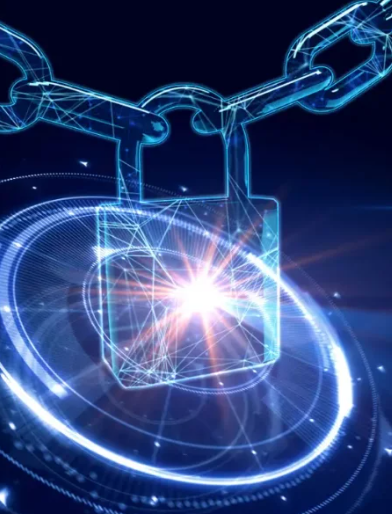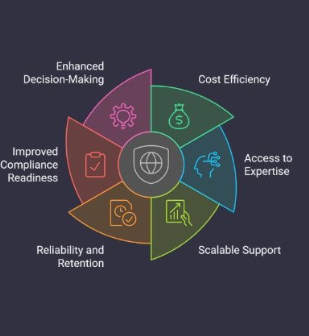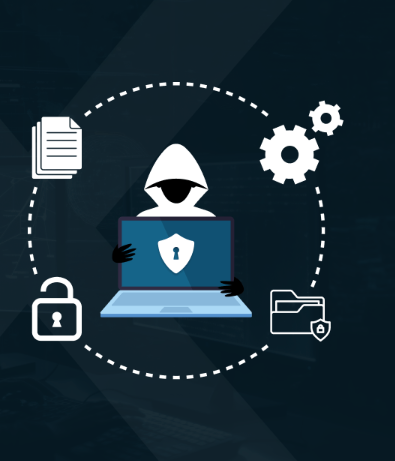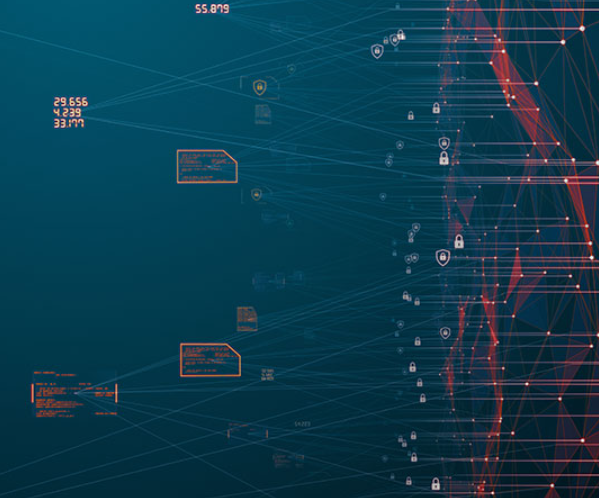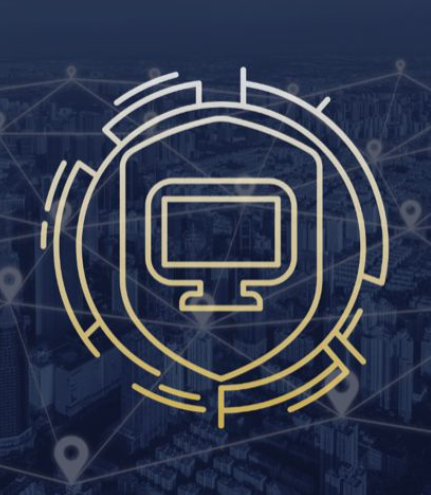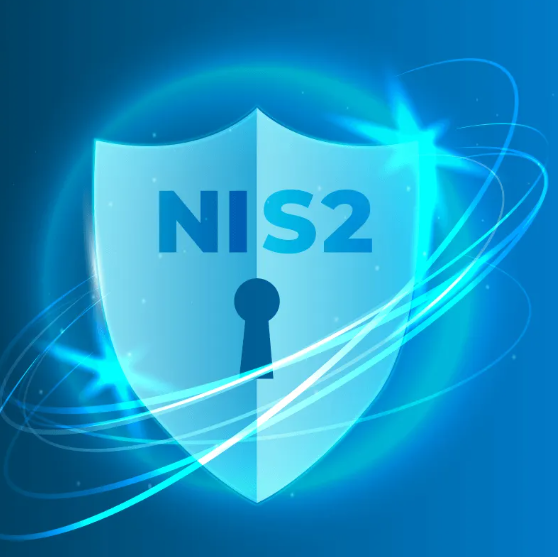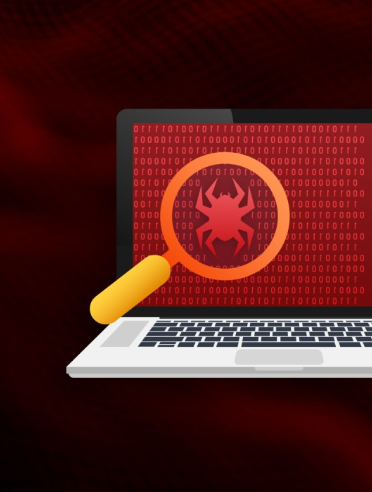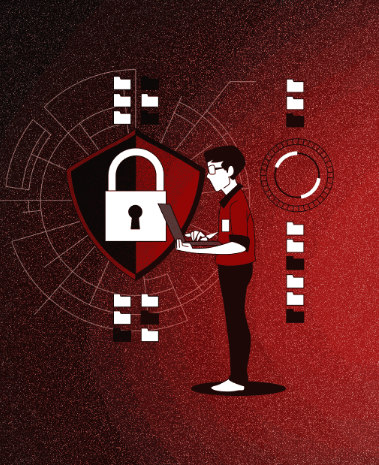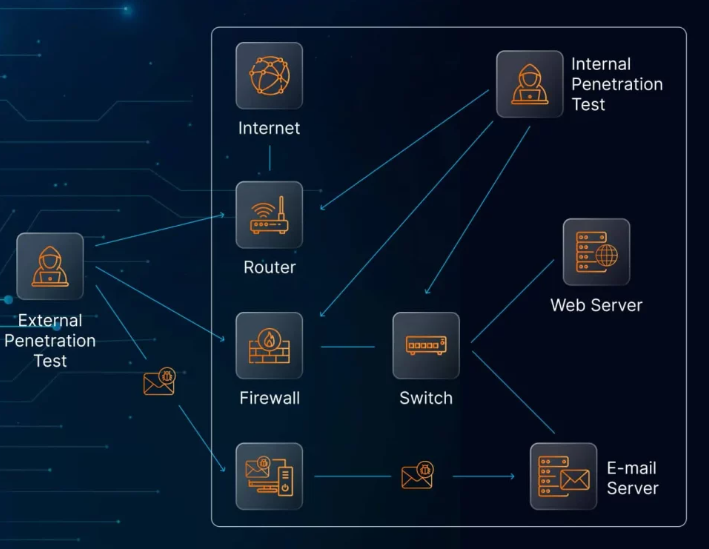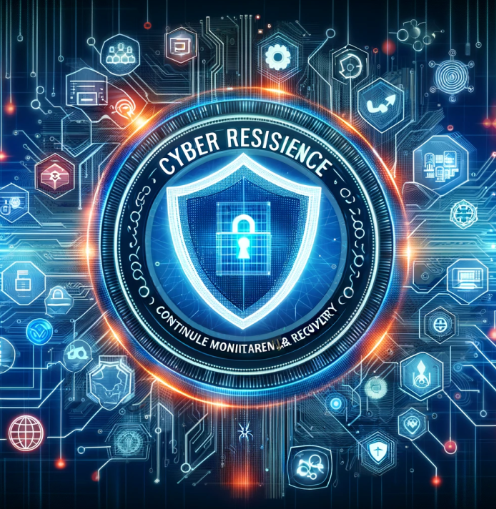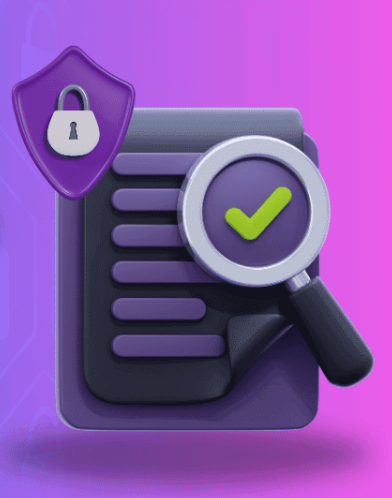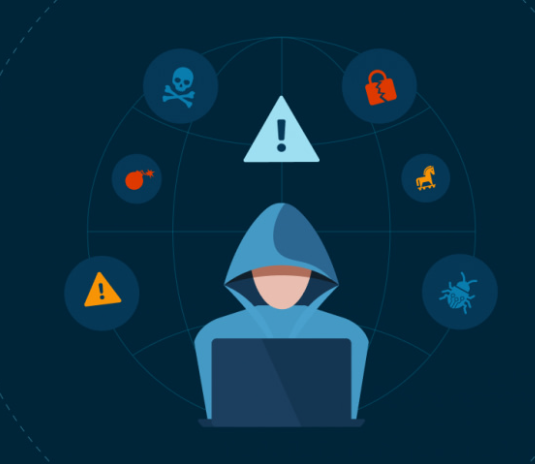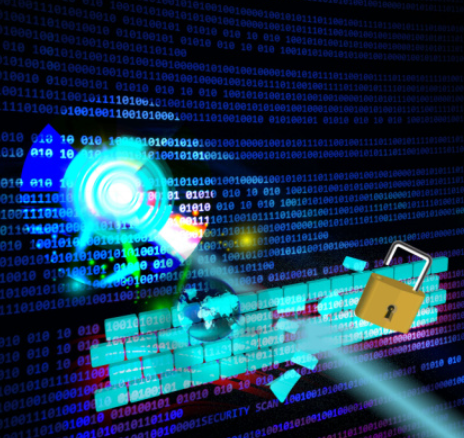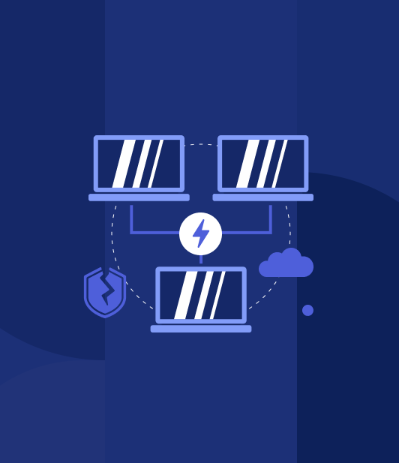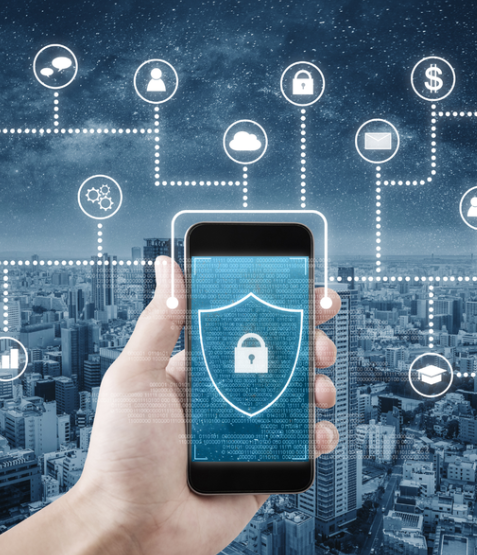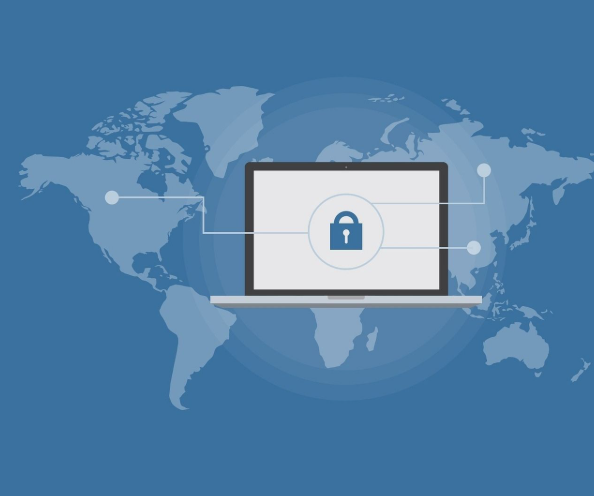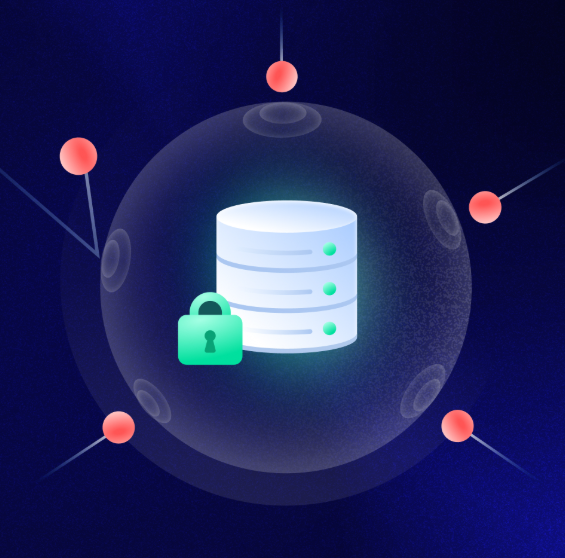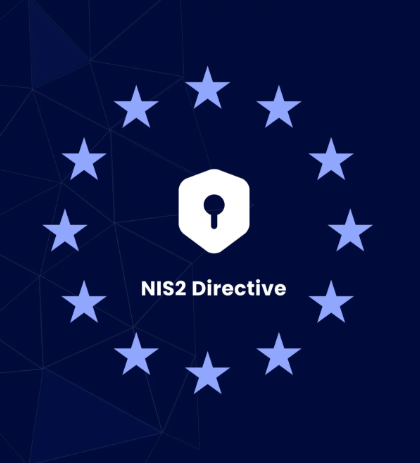
In today’s rapidly evolving cyber threat landscape, traditional security tools alone are often insufficient. The modern approach to cybersecurity isn’t just about defense—it’s about anticipating attacks and neutralizing threats before they escalate. This proactive stance is where Managed Detection and Response (MDR) comes into play, combining cutting-edge technology with expert analysis to offer a comprehensive security solution that keeps businesses one step ahead.
This guide explains what Managed Detection and Response is, how it works, and why it’s essential for modern organizations to safeguard themselves against advanced cyber threats.
What is Managed Detection and Response (MDR)?
Managed Detection and Response (MDR) is a cybersecurity service designed to detect and respond to potential threats across an organization’s infrastructure. Unlike traditional security measures, MDR employs a combination of real-time monitoring, human expertise, and powerful tools to proactively identify and mitigate threats before they can cause significant harm.
MDR services offer around-the-clock monitoring, vulnerability management, threat hunting, incident response, and threat intelligence. The focus is not only on detecting vulnerabilities but also on providing actionable responses to safeguard an organization’s security posture.
Key Features of MDR
- 24/7 Monitoring and Response: MDR provides constant, real-time surveillance of your systems, ensuring immediate detection and mitigation of threats no matter when they occur.
- Vulnerability Management: By proactively identifying and addressing vulnerabilities in your security infrastructure, MDR reduces the risk of exploitation.
- Threat Hunting: Expert analysts actively search for emerging threats that bypass traditional defenses, offering a more hands-on approach to cybersecurity.
- Cyber Forensics: After a security incident, MDR teams conduct thorough investigations to trace the attack’s origin, assess the damage, and identify any weaknesses in your systems.
- Threat Intelligence: MDR services leverage up-to-date information on known threats, allowing security teams to anticipate and defend against sophisticated cyberattacks.
The Role of MDR in Modern Cybersecurity Strategies
With cyber threats becoming more advanced, traditional tools like firewalls and antivirus software are no longer enough to protect organizations. MDR services are now a critical component of modern cybersecurity strategies. These services offer continuous, proactive defense, using the latest technology and human expertise to detect and mitigate security risks before they escalate into full-blown incidents.
MDR services help organizations overcome common challenges such as:
- Lack of In-House Expertise: Many businesses struggle to find skilled cybersecurity personnel. MDR bridges this gap by providing access to expert security teams.
- Alert Fatigue: Organizations often receive overwhelming numbers of security alerts. MDR helps prioritize these alerts, reducing noise and focusing on actual threats.
- Integration with Endpoint Detection and Response (EDR): MDR incorporates EDR tools, which monitor and analyze endpoint activities to detect and respond to threats swiftly.
How Does MDR Work?
MDR combines three key components to provide a comprehensive security solution: threat hunting, incident response, and endpoint monitoring.
- Threat Hunting: Security experts proactively search for hidden or evolving threats that traditional defenses might miss. This continuous scanning of networks, endpoints, and cloud environments allows MDR teams to stay ahead of emerging risks.
- Incident Response: When a threat is detected, MDR services quickly initiate a structured response. The team works to contain and eliminate the threat, preventing it from causing significant damage or downtime.
- Endpoint Detection: MDR services monitor and protect endpoints—like laptops and mobile devices—where many attacks begin. Real-time analysis helps detect and block malicious activity before it spreads.
The Technologies Powering MDR
MDR leverages a suite of advanced technologies to enhance its capabilities:
- Endpoint Detection and Response (EDR): EDR tools continuously monitor endpoint security, analyzing device activity for signs of threats or suspicious behavior.
- Extended Detection and Response (XDR): XDR provides a unified approach to threat detection and response, integrating data across multiple security layers, including endpoints, networks, and servers.
- Security Information and Event Management (SIEM): SIEM systems collect and analyze security data from various sources, helping detect abnormal patterns and providing real-time incident management.
- Security Orchestration, Automation, and Response (SOAR): SOAR platforms automate security workflows, reducing response times and improving the efficiency of threat mitigation.
The Role of Security Operations Centers (SOC) in MDR
Security Operations Centers (SOCs) are the heart of MDR services. These specialized teams manage and respond to security incidents in real time.
- Continuous Monitoring: SOC teams operate around the clock, monitoring networks, cloud infrastructure, and endpoints for potential threats.
- Threat Response Coordination: The SOC coordinates the entire response process, from initial detection and investigation to containment and remediation, ensuring that threats are addressed quickly and efficiently.
Benefits of MDR
- 24/7 Coverage: Unlike internal teams that may struggle with round-the-clock vigilance, MDR services offer continuous monitoring and immediate response to minimize risk and reduce the chance of a major breach.
- Cost-Effectiveness: Building and maintaining an in-house security team can be expensive. MDR services provide access to expert-level detection and response capabilities at a fraction of the cost.
- Expertise: MDR teams bring specialized knowledge and skills, enhancing the organization’s ability to respond to complex threats and elevate its overall security posture.
- Scalability: As your business grows, MDR services can easily scale to accommodate additional endpoints, expanded operations, or an increase in the volume of cyber threats.
- Improved Compliance: MDR services can help businesses meet industry regulations, such as GDPR, HIPAA, and PCI-DSS, ensuring compliance while maintaining robust security.
Choosing the Right MDR Provider
When selecting an MDR provider, consider the following:
- Security Expertise: Look for a provider with a proven track record and skilled analysts who understand your industry’s unique security needs.
- Detection and Response: The provider should offer advanced tools and capabilities for detecting and responding to both known and emerging threats.
- Technology Integration: Ensure that the MDR service integrates seamlessly with your existing security infrastructure, including firewalls, SIEM systems, and EDR tools.
- Pricing and SLAs: Be sure to understand the provider’s pricing structure and service-level agreements (SLAs) to ensure transparency and clear expectations.
Conclusion
MDR is a vital solution for businesses facing increasingly complex cyber threats. By combining cutting-edge technology with human expertise, MDR provides comprehensive, proactive protection that traditional security methods simply cannot match. Whether you’re looking to enhance threat detection, improve incident response, or ensure compliance with industry regulations, MDR services offer an invaluable layer of defense against the evolving cybersecurity landscape.


